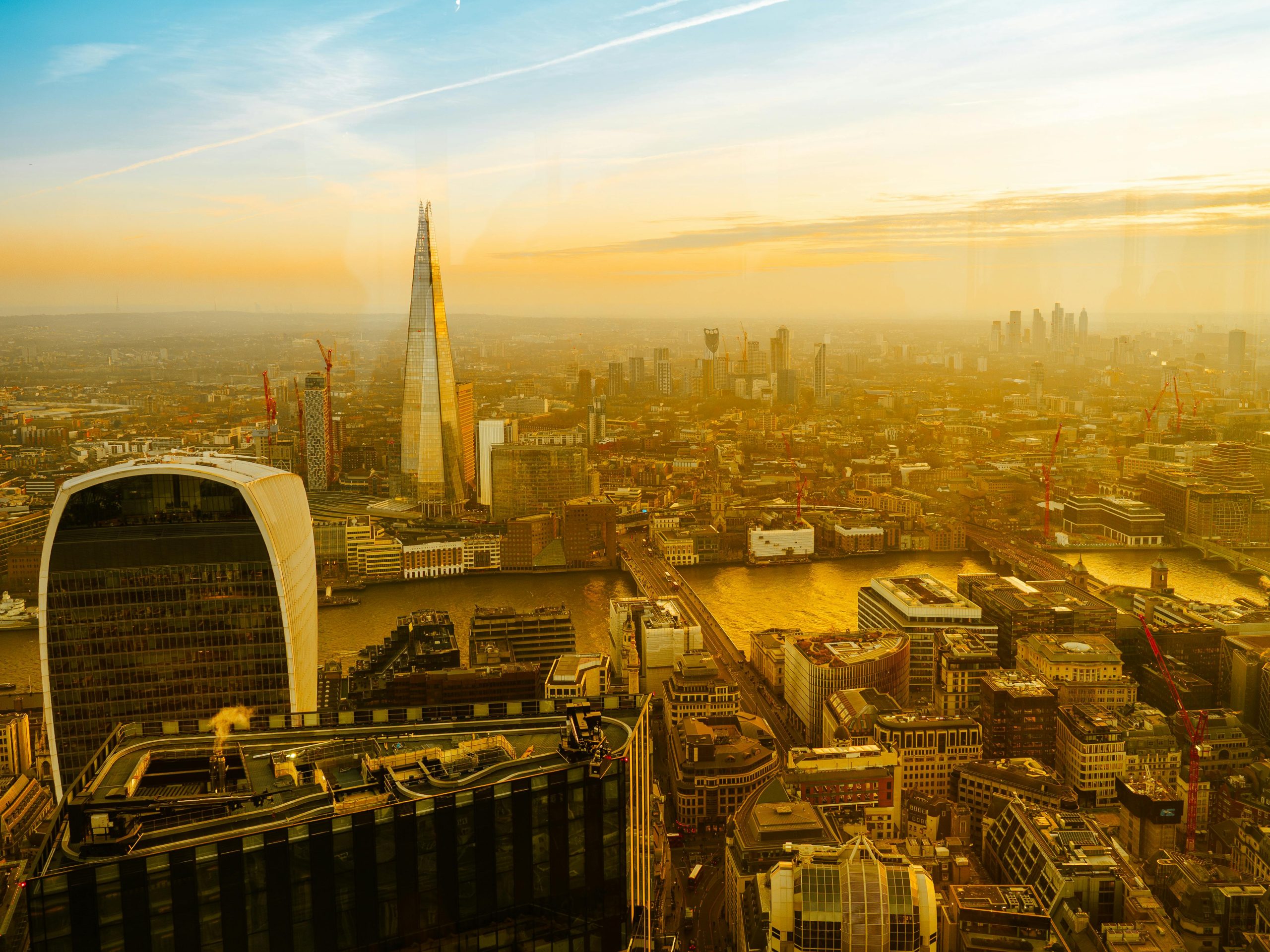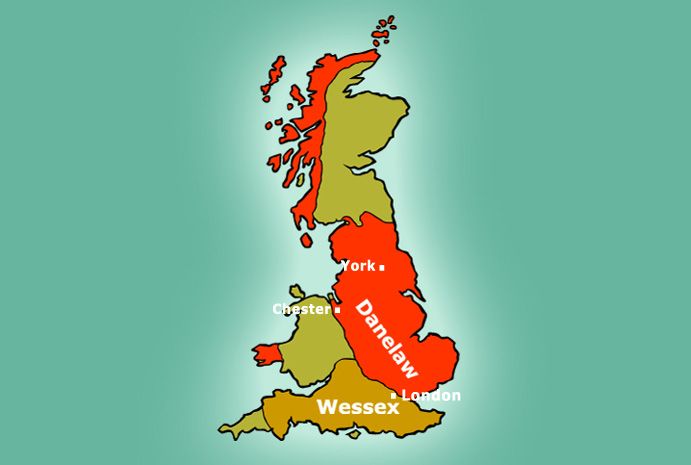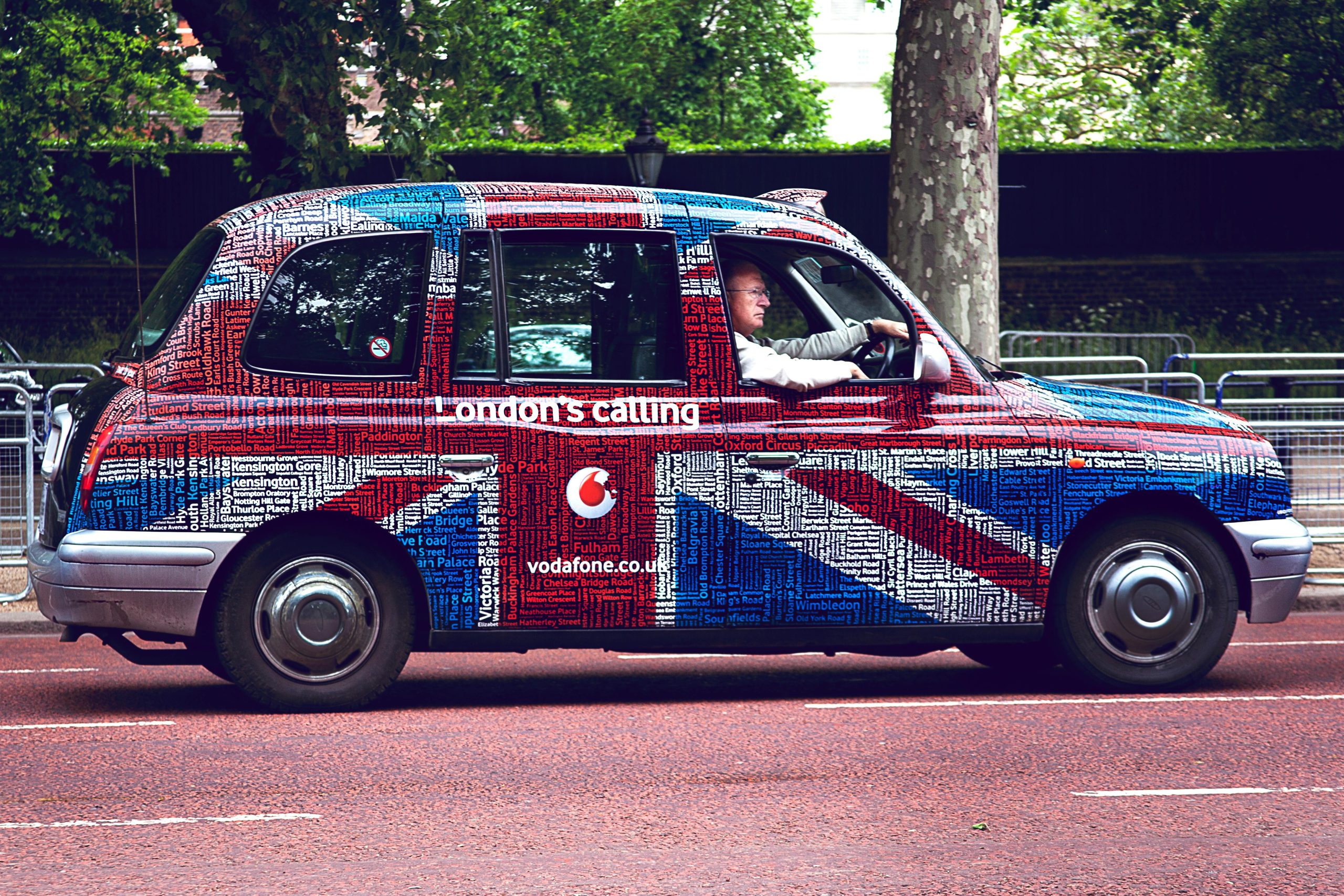Table of Contents
Introduction
Guy Fawkes is a name that resonates through British history, often evoking images of bonfires, fireworks, and effigies burned on November 5th each year. But who was Guy Fawkes, and why is he remembered in such a dramatic fashion? To understand the significance of Guy Fawkes, we must delve into the early 17th century, a time of religious turmoil and political intrigue in England.
The Context: Religious Conflict in England
The story of Guy Fawkes is deeply rooted in the religious conflicts that plagued England following the Protestant Reformation. In the 16th century, King Henry VIII broke away from the Roman Catholic Church and established the Church of England, a Protestant institution. This schism led to decades of religious tension between Protestants and Catholics.
By the time Elizabeth I came to the throne in 1558, England was firmly Protestant, and Catholics faced severe persecution. Elizabeth’s successor, James I, who ascended to the throne in 1603, initially raised hopes among Catholics for greater religious tolerance. However, these hopes were quickly dashed as James continued to enforce anti-Catholic laws, including heavy fines for recusancy (refusal to attend Protestant services) and restrictions on Catholic worship.
The Gunpowder Plot: A Desperate Plan
Frustrated by the ongoing persecution and disillusioned by James I’s policies, a group of Catholic conspirators hatched a daring plan to assassinate the king and restore a Catholic monarch to the throne. This plot, known as the Gunpowder Plot, was led by Robert Catesby, a charismatic and devout Catholic gentleman. Among the conspirators was Guy Fawkes, a soldier with extensive experience in explosives, who was recruited for his expertise.
The plan was as audacious as it was deadly: to blow up the House of Lords during the State Opening of Parliament on November 5, 1605. The conspirators rented a cellar beneath the House of Lords and smuggled in 36 barrels of gunpowder, enough to reduce the building to rubble and kill everyone inside, including the king, his family, and much of the Protestant aristocracy.
The Discovery and Aftermath
The plot was foiled at the eleventh hour. On the night of November 4, 1605, Guy Fawkes was discovered in the cellar guarding the gunpowder. He was arrested and taken to the Tower of London, where he was subjected to brutal torture. Under duress, Fawkes revealed the names of his co-conspirators. Over the following weeks, the other plotters were either killed in a shootout or captured, tried, and executed.
The failed Gunpowder Plot had profound consequences. It intensified anti-Catholic sentiment in England, leading to even harsher laws against Catholics. The government also used the plot as propaganda to reinforce the idea that Catholicism was synonymous with treason. November 5th was declared a day of public thanksgiving, and the tradition of celebrating the failure of the plot with bonfires and fireworks began.
Guy Fawkes: The Man Behind the Mask
Guy Fawkes was born in 1570 in York, England, to a Protestant family. However, after his father’s death, his mother married a Catholic, and Fawkes converted to Catholicism. He left England to fight as a mercenary for Catholic Spain in the Eighty Years’ War against Protestant Dutch rebels. His military experience made him a valuable asset to the Gunpowder Plot conspirators.
Despite his central role in the plot, Fawkes was not its mastermind; that title belongs to Robert Catesby. However, Fawkes’s capture and subsequent notoriety have made him the most famous of the conspirators. His name became synonymous with the plot itself, and his effigy is traditionally burned on bonfires during Guy Fawkes Night celebrations.
Guy Fawkes Night: A Lasting Legacy
The tradition of Guy Fawkes Night, also known as Bonfire Night, has endured for over four centuries. On November 5th, people across the United Kingdom gather to light bonfires, set off fireworks, and burn effigies of Guy Fawkes. The celebration serves as a reminder of the failed plot and the preservation of the Protestant monarchy.
In recent years, Guy Fawkes has taken on new symbolism. The mask resembling his face, popularized by the graphic novel and film “V for Vendetta,” has become an icon of protest and resistance against tyranny. This modern interpretation has somewhat rehabilitated Fawkes’s image, transforming him from a would-be terrorist into a symbol of rebellion against oppression.
Conclusion
The story of Guy Fawkes and the Gunpowder Plot is a fascinating chapter in British history, reflecting the deep religious and political divisions of the time. While the plot itself was a failure, its legacy endures in the annual celebrations of Guy Fawkes Night and the enduring image of Fawkes as a figure of rebellion. For new readers, understanding the history of Guy Fawkes offers insight into the complex interplay of religion, politics, and power in early modern England, and how these events continue to resonate in contemporary culture.
READ THIS ARTICLE TO UNDERSTAND HOW CRYPTOCURRENCY HAS INVOLVED…
Donald John Trump, the 45th President of the United States, is one of the most polarizing and influential figures in modern American history. Known for his flamboyant personality, business acumen, and unconventional political style, Trump’s journey from real estate mogul to reality TV star to president has been marked by both triumphs and controversies. This biography explores his early life, business career, and political rise.
Early Life and Family Background
Donald Trump was born on June 14, 1946, in Queens, New York City, to Frederick Christ Trump and Mary Anne MacLeod Trump. His father, Fred Trump, was a successful real estate developer who specialized in building middle-class housing in Brooklyn and Queens. Fred’s business acumen and work ethic deeply influenced young Donald, who often accompanied his father to construction sites and learned the ropes of the real estate industry.
Trump attended the Kew-Forest School in Queens before being sent to the New York Military Academy at age 13. The academy instilled in him discipline and a competitive spirit, traits that would later define his business and political careers. He went on to study at Fordham University for two years before transferring to the Wharton School of the University of Pennsylvania, where he earned a degree in economics in 1968.
Early Business Career: Building the Trump Empire
After graduating from Wharton, Trump joined his father’s company, the Trump Organization, which focused on building and managing rental housing. However, Donald had grander ambitions. He sought to expand the family business into Manhattan, the epicenter of New York’s real estate market.
In the 1970s, Trump made his mark by renovating the Commodore Hotel, a struggling property near Grand Central Terminal. He secured tax abatements from the city and partnered with the Hyatt Hotel Corporation to transform it into the Grand Hyatt New York, which opened in 1980. The project was a financial success and established Trump as a rising star in New York’s real estate scene.
Trump’s most iconic project came in 1983 with the completion of Trump Tower on Fifth Avenue. The 58-story skyscraper, with its distinctive glass façade and luxurious interiors, became a symbol of Trump’s brand: opulent, bold, and aspirational. Throughout the 1980s, Trump expanded his empire, acquiring properties such as the Plaza Hotel and developing casinos in Atlantic City, including the Trump Taj Mahal.
However, Trump’s business ventures were not without setbacks. By the early 1990s, he faced significant financial difficulties due to over-leveraging and the economic downturn. Several of his casinos filed for bankruptcy, and he was forced to sell assets to stay afloat. Despite these challenges, Trump managed to rebuild his fortune, largely through licensing deals and branding opportunities.





One thought on “Guy Fawkes: The History and Events Surrounding His Legacy”
Comments are closed.